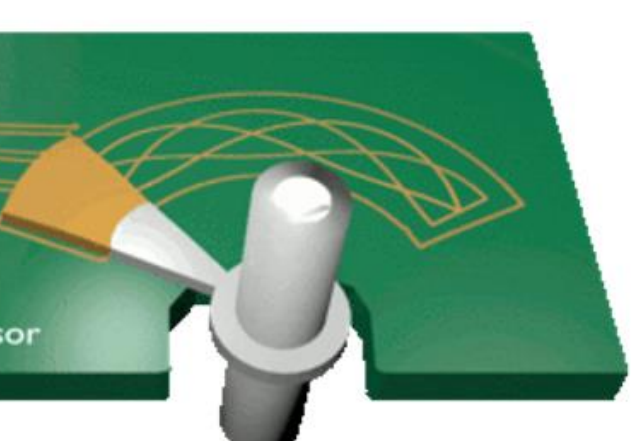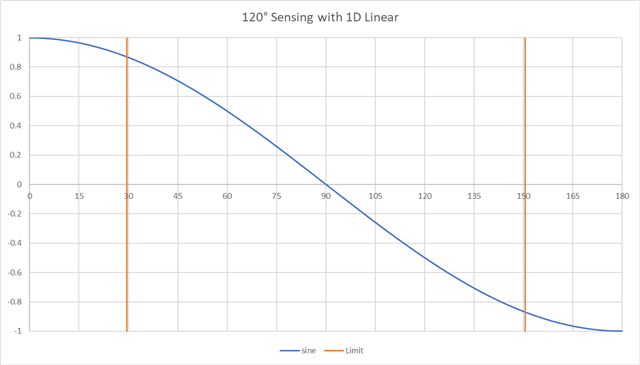Other Parts Discussed in Thread: DRV5055, TMAG5253
Tool/software:
Hello,
I originally came across the TMAG5173-Q1 sensor while researching on the forum, but we are actually looking for a different sensor for another application. We need an absolute position sensor (preferably inductive, but Hall is also acceptable) for a 120-degree rotary motion.
Since we cannot place the IC exactly in the center, we are planning to implement an arc-shaped design similar to the one shown in the image. Could you recommend a suitable sensor for this purpose?

Due to mechanical constraints, the design should be in arc shape. The inner diameter is 20.5mm, outer diameter 29.5mm.
Additionally, for the arc structure, would it be possible to implement the mentioned application in this way?
Best regards.


